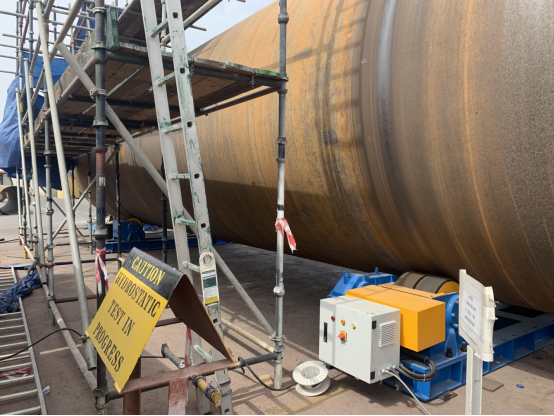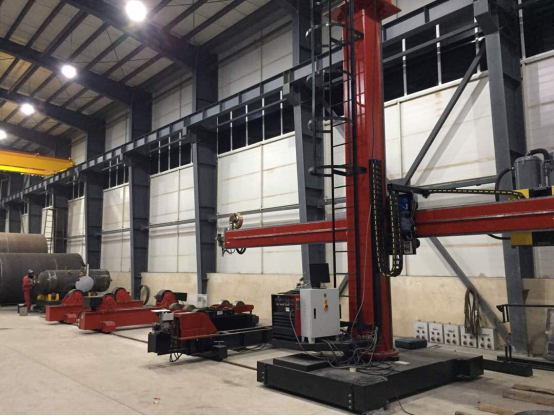Pipe Welding Misalignment Issues? How Intelligent Welding Pipe Rotators Boost Oil Pipeline Pass Rates
Industry Pain Points in Pipeline Welding
In oil and gas pipeline construction, welding misalignment is one of the most common quality issues. The API 1104 standard requires pipeline alignment tolerances to stay within 1.6mm, yet manual alignment methods often result in 2-3mm errors, leading to costly rework. Data from a Central Asian pipeline project showed that misalignment-related rework alone accounted for 5% of the total budget.
This is where welding pipe rotators prove invaluable. By automating rotation and precision alignment, they reduce errors to within 0.05mm, eliminating misalignment at its root.
How Welding Rotators Enhance Efficiency
1. Precision Alignment, Eliminating Human Error
Traditional pipe welding requires 4-5 workers to manually adjust positioning, taking up to 45 minutes per joint. Modern welding pipe rotators, equipped with laser detection systems, automatically identify pipe roundness deviations and make real-time micro-adjustments via hydraulic servo systems, achieving high-precision alignment in just 8 minutes.
In the China-Russia Eastern Gas Pipeline project, using this technology increased first-pass weld acceptance rates from 92% to 99.3%, saving over ¥5 million in rework costs.
2. Automated Welding, Reducing Labor Dependency
Welding rotators can synchronize with submerged arc welding (SAW) or gas metal arc welding (GMAW) systems, enabling continuous 360° welding without manual repositioning. This not only reduces labor intensity but also ensures weld consistency—especially critical for high-strength steels like X80/X100.
One West-East Gas Pipeline Phase III contractor reported that after adopting automation, daily weld output increased from 40 to 68 joints, cutting project timelines by 30%.

Why the Oil Industry Trusts Welding Pipe Rotators
① Compliance Assurance
The latest API 1104-2023 standards emphasize traceability of welding data. Welding rotators with built-in data logging store alignment parameters, welding currents, and interpass temperatures for each joint, automatically generating ASME-compliant reports for seamless audits.
② Harsh Environment Adaptability
From -45°C Arctic conditions to desert heat, industrial-grade welding rotators deliver reliable performance. Features like freeze-resistant lubrication and IP65 protection ensure uninterrupted operation in remote sites.
③ Long-Term Cost Savings
While the initial investment is higher, the ROI period is typically 8-12 months when factoring in rework and delay penalties. Over a 10-year lifespan, savings can exceed ¥10 million.
How to Choose the Right Welding Rotator?
- Pipe Diameter Range: Ensure compatibility with 200-2000mm pipes (customizable for special needs)
- Drive System: Dual-motor synchronization is ideal for heavy loads, with anti-desync alarms
- Optional Features: Preheating modules or remote data transmission for advanced needs
Case Study: Welding Pipe Rotators in Central Asia
After deploying welding rotators in a Central Asian gas pipeline project:
✔ Alignment time reduced by 80%
✔ Weld pass rate reached 99.4%
✔ Completed 2 months early, saving $1.26M in penalties

Conclusion: Upgrade Your Welding Process with the Right Equipment
Pipeline weld quality directly impacts energy security. Welding pipe rotators, with their precision, efficiency, and compliance, are becoming the industry’s new standard.
To explore how this technology can optimize your project, contact our engineers for a free “Pipeline Welding Optimization Guide.“
